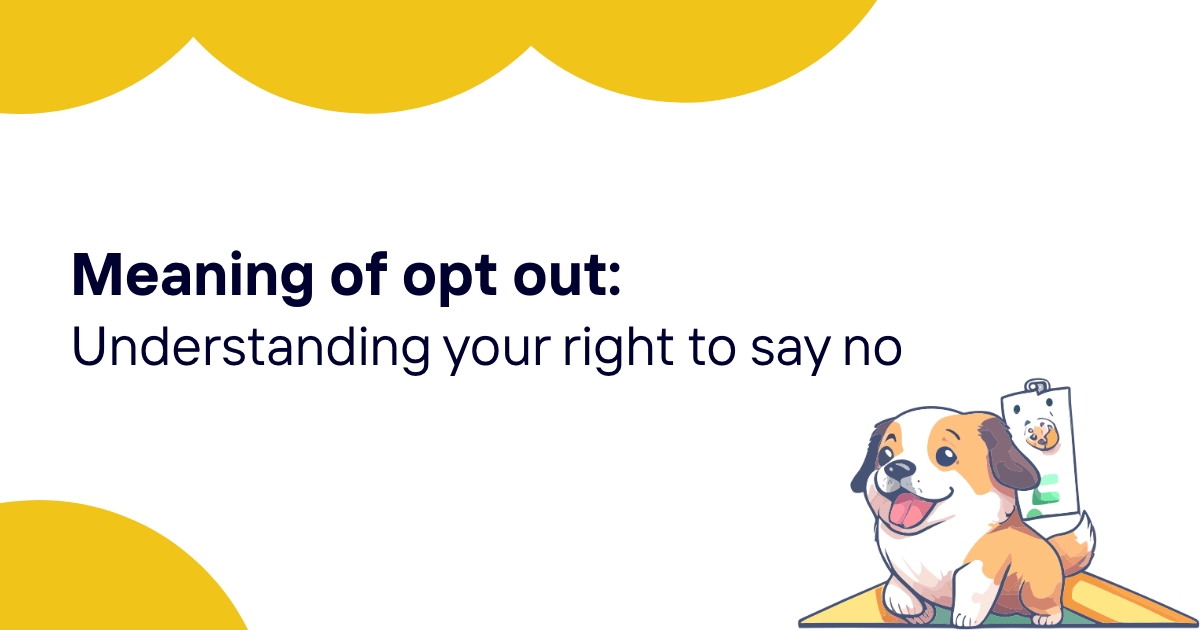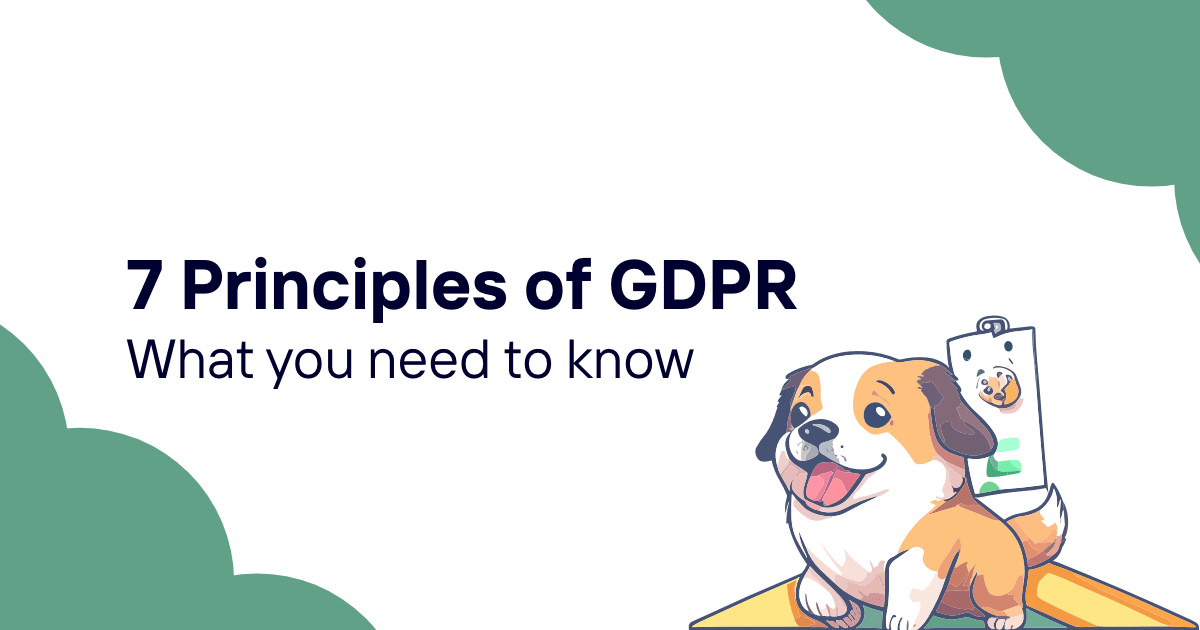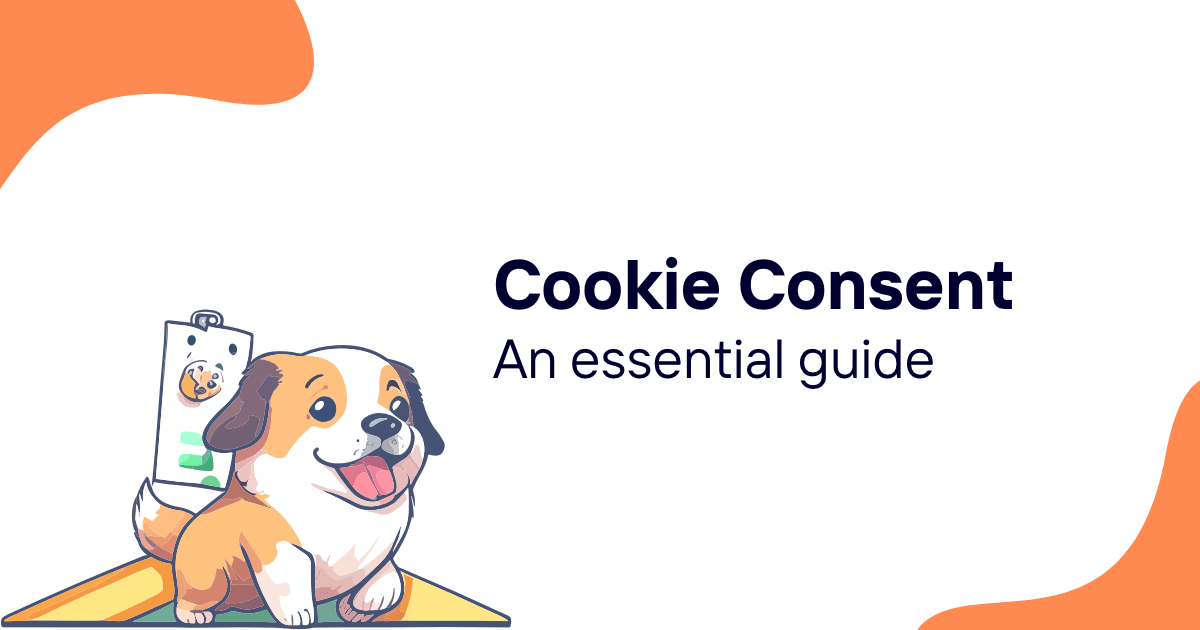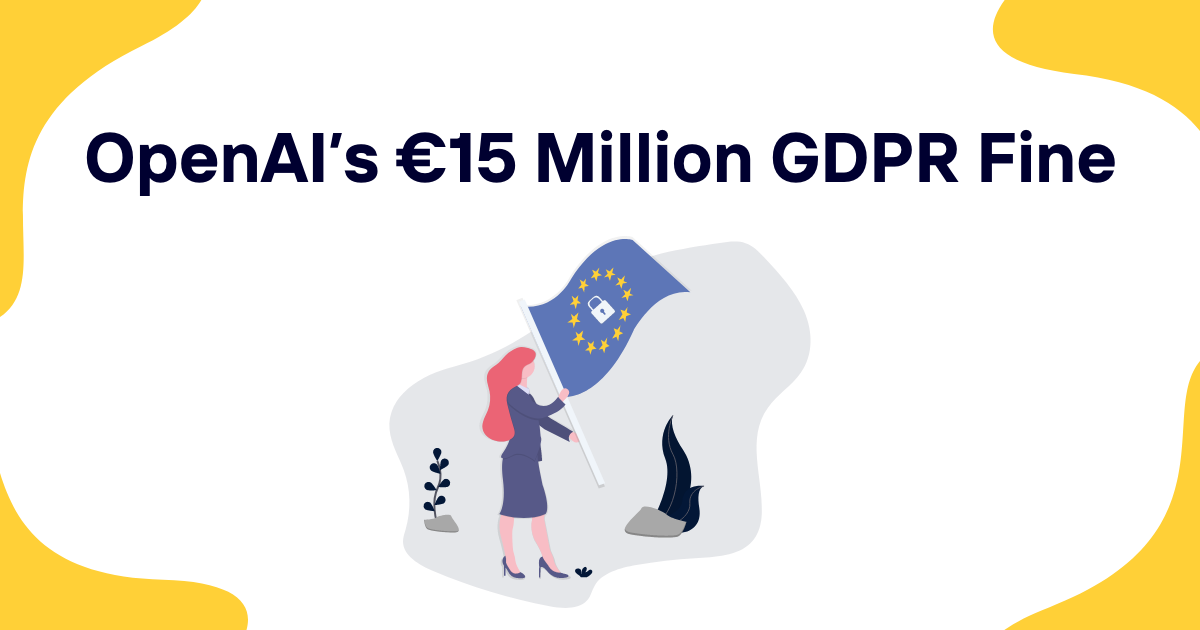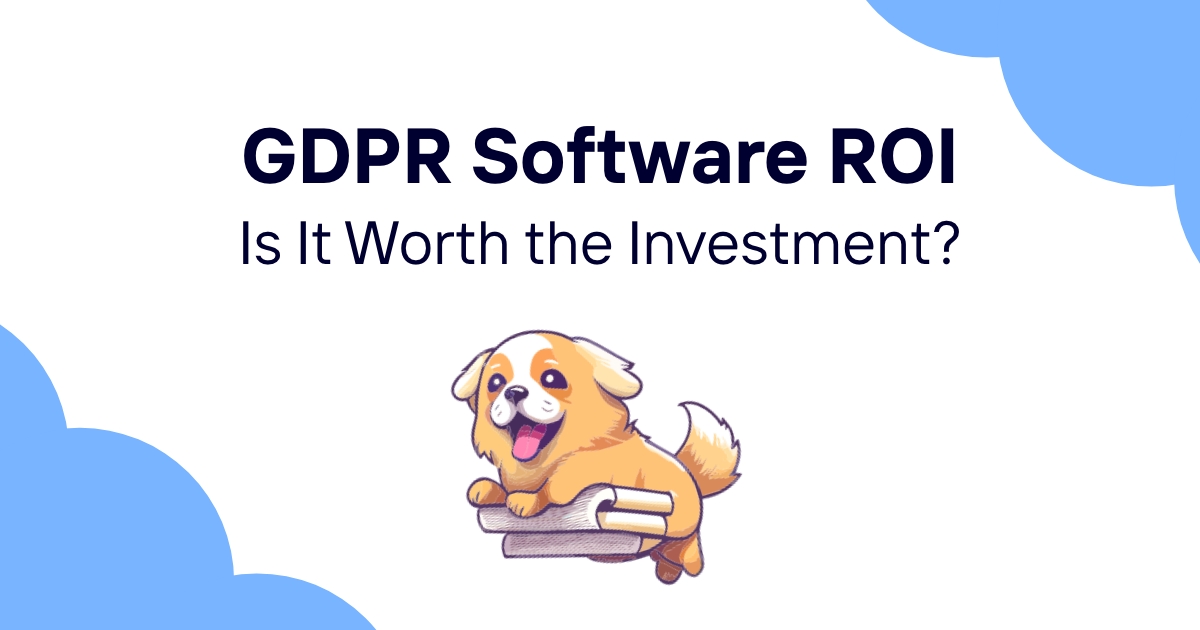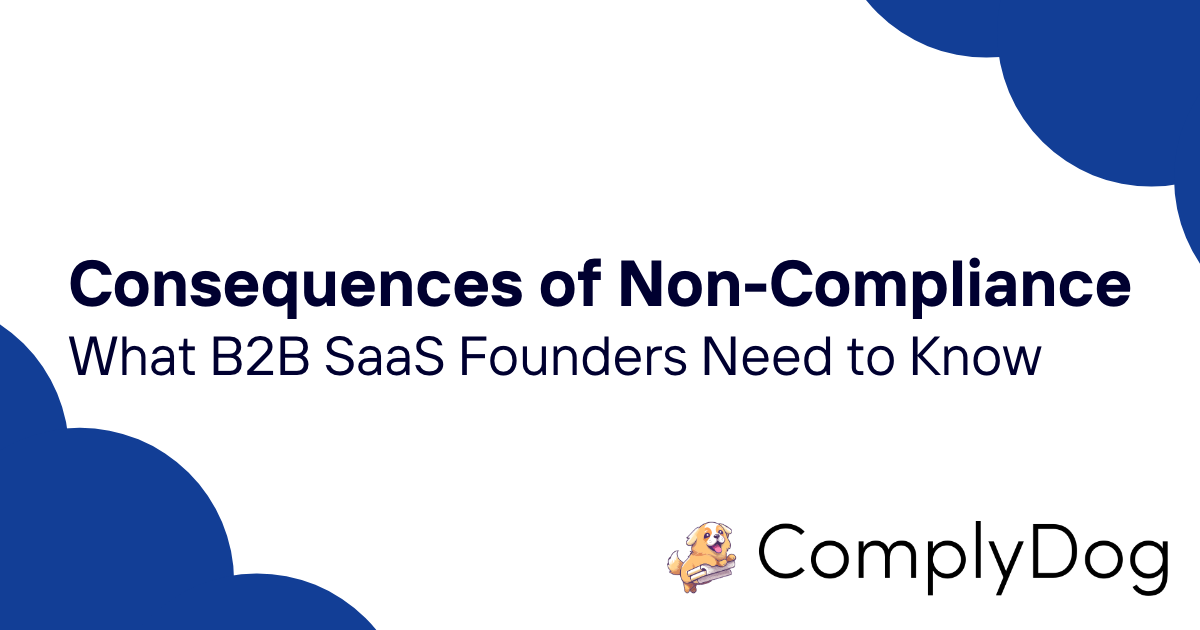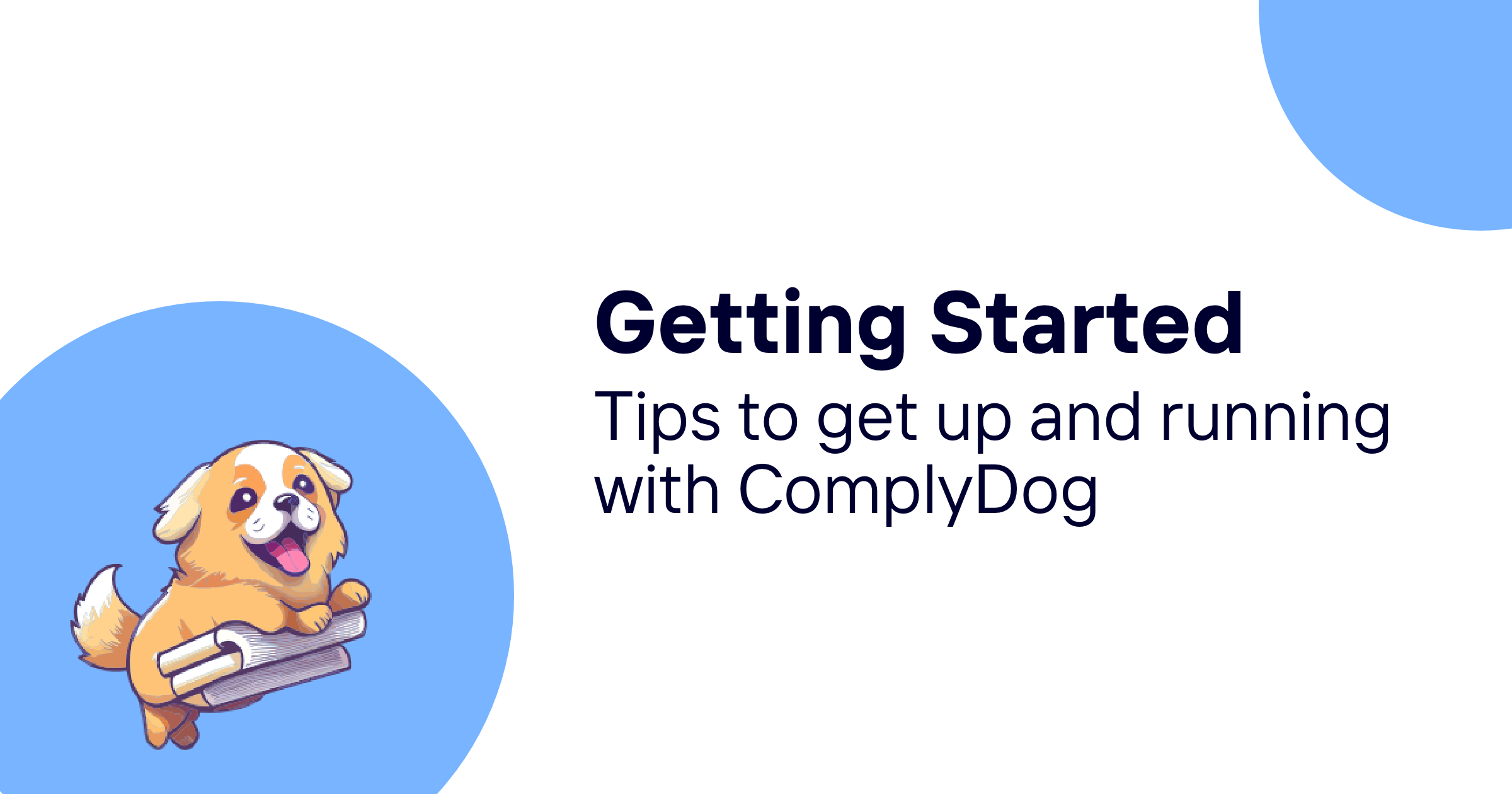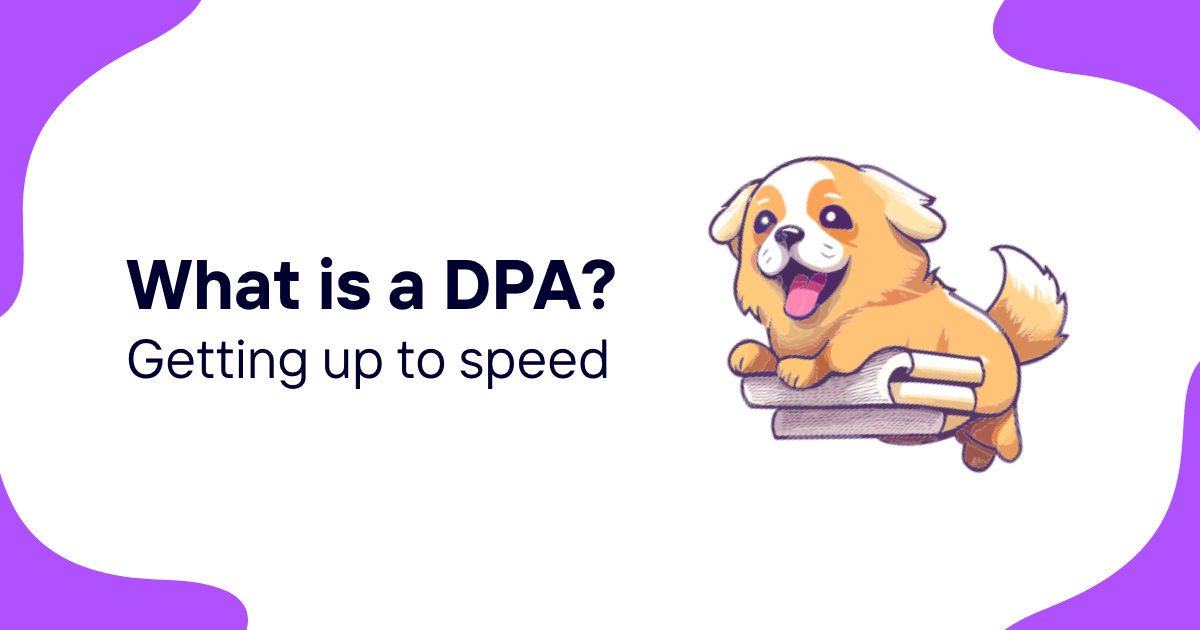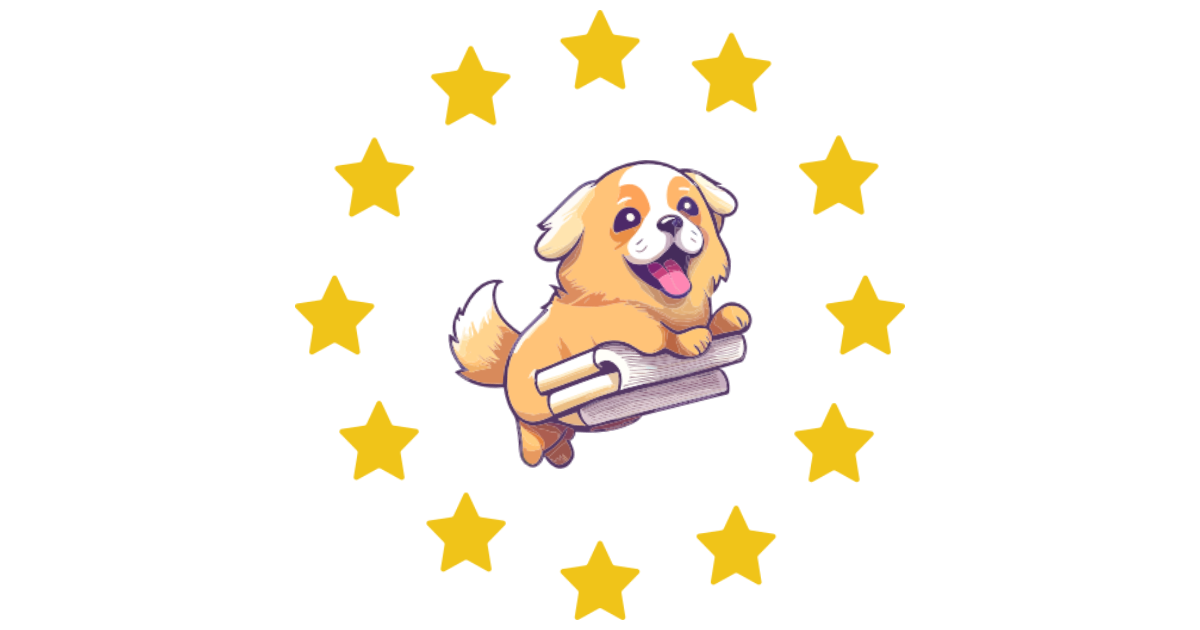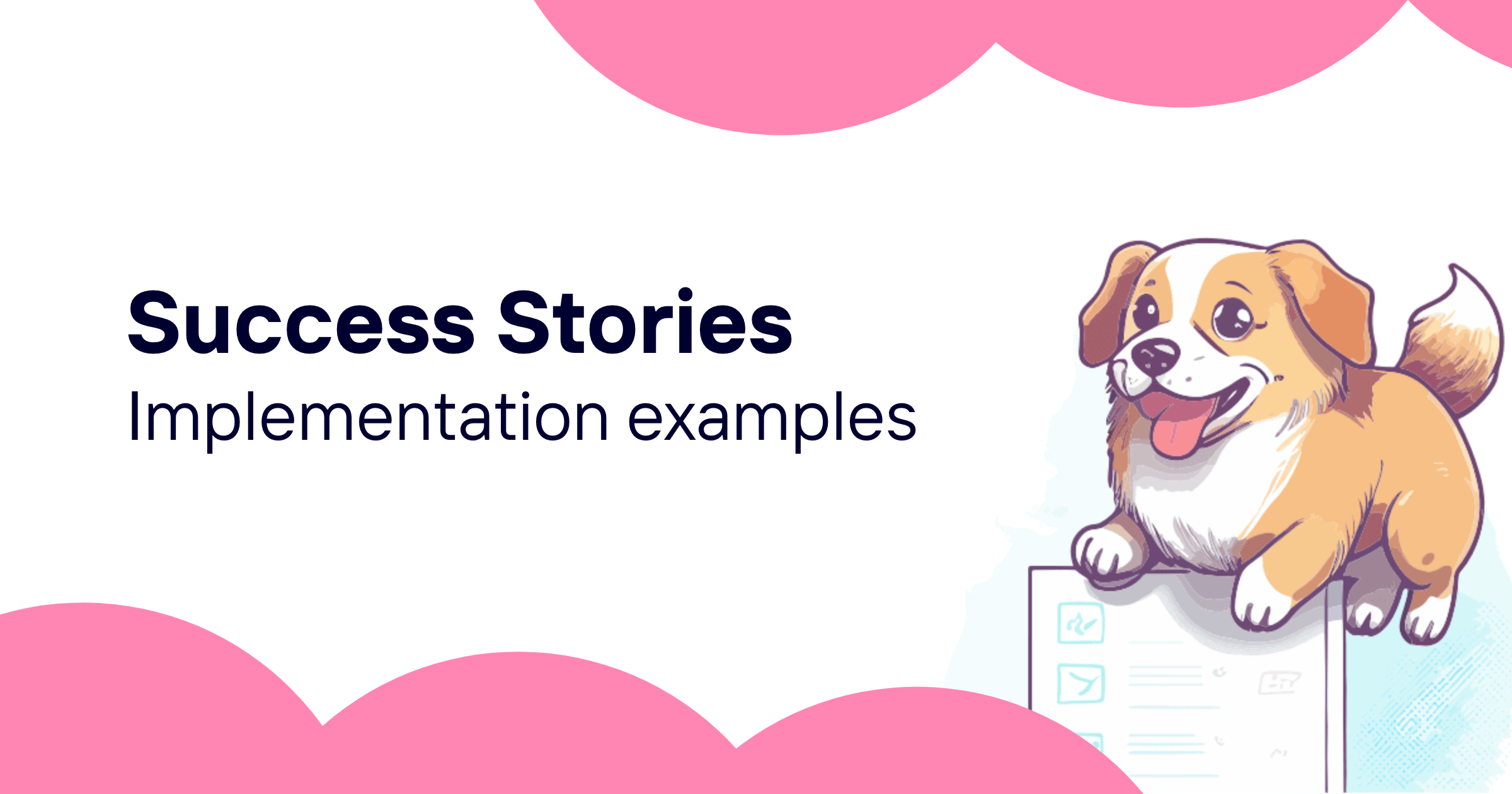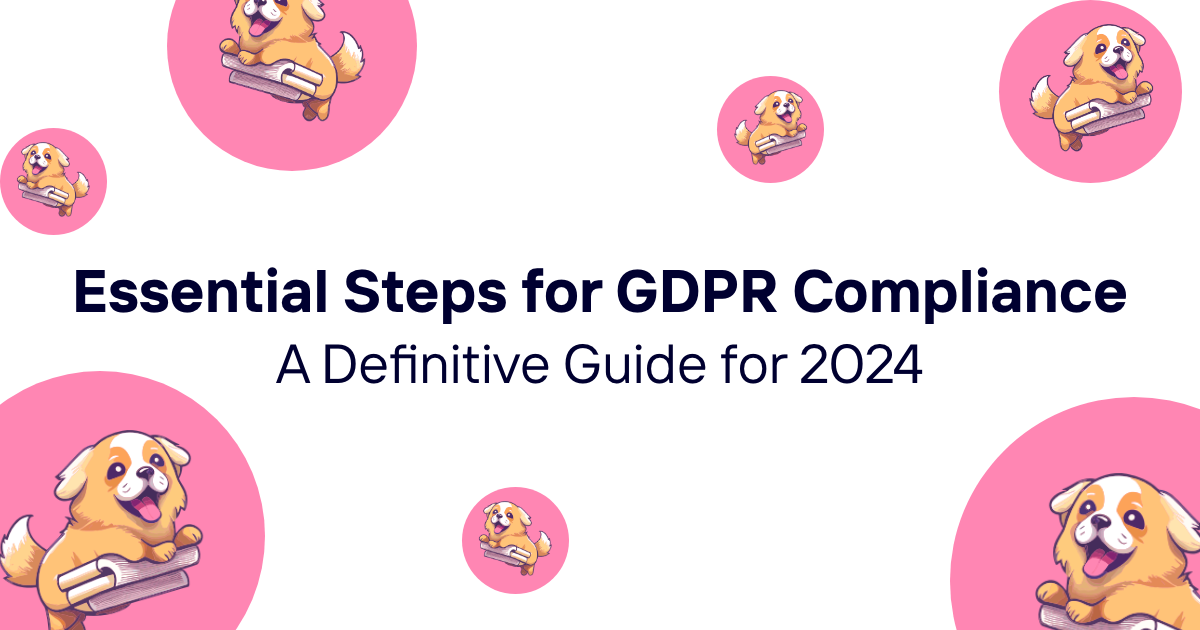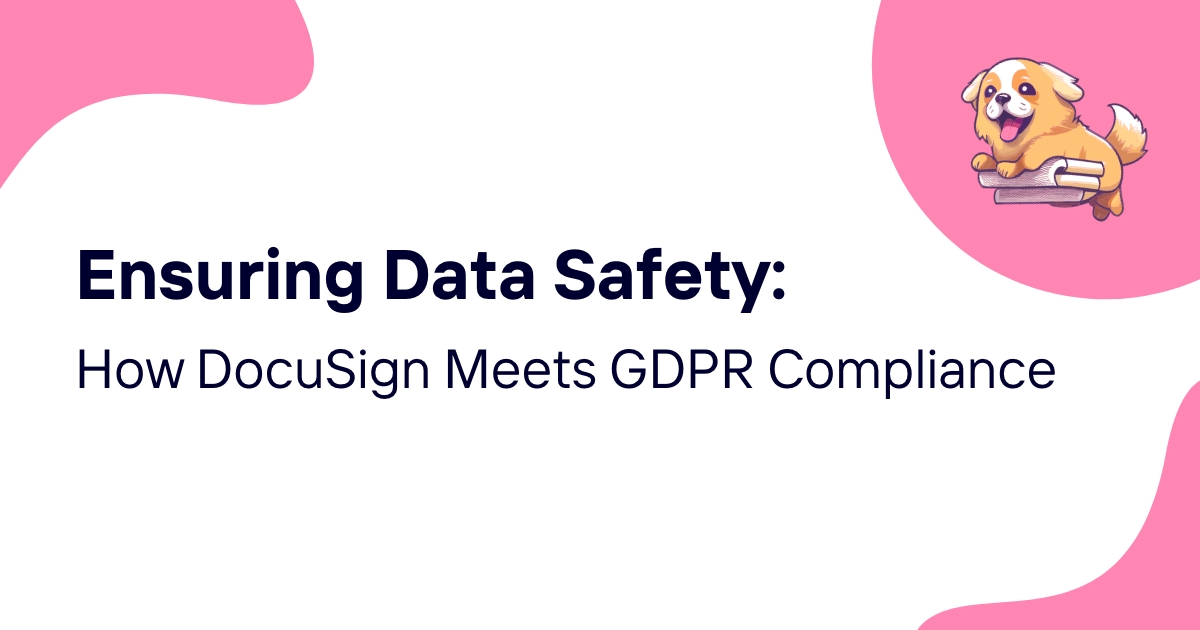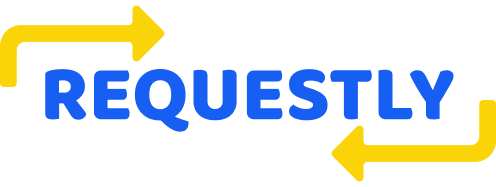"No, thanks." Two simple words that carry significant weight in today's data-driven world. Whether you're declining marketing emails, choosing not to participate in data collection, or removing yourself from a service, understanding what it means to "opt out" is essential for protecting your privacy and exercising your rights.
Let's face it—we're bombarded with subscription offers, membership invitations, and data collection requests daily. But what exactly does opting out entail, and when does it matter most? This article explores everything you need to know about the concept, process, and implications of opting out.
Table of contents
- What does "opt out" mean?
- Opt out vs. opt in: Key differences
- Common scenarios where you can opt out
- How to opt out effectively
- Legal frameworks supporting your right to opt out
- The business perspective on opt-outs
- Challenges and limitations of opting out
- The future of opt-out mechanisms
- Managing opt-outs with compliance software
What does "opt out" mean?
At its core, opting out is the action of choosing not to participate in something that you would otherwise be included in by default. It's essentially saying "count me out" to an activity, service, or process.
The term "opt out" functions as both a verb phrase and a noun. As a verb phrase, it means to choose not to be part of an activity or to stop being involved in it. As a noun, an "opt-out" refers to the situation or mechanism that allows individuals to exclude themselves from participation.
For example, when you receive an email newsletter and click "unsubscribe," you're opting out of future communications. Similarly, when you tell a telemarketer to remove you from their calling list, you're exercising your right to opt out of their marketing campaigns.
The concept is particularly relevant in our digital world, where data collection has become the norm rather than the exception. Opting out gives individuals a degree of control over how their information is used, shared, or stored.
Opt out vs. opt in: Key differences
Understanding the difference between opt-out and opt-in models is crucial for both consumers and businesses:
| Feature | Opt-Out Model | Opt-In Model |
|---|---|---|
| Default state | Participation is automatic | Non-participation is automatic |
| Action required | Must take action to be excluded | Must take action to be included |
| Consumer control | Lower (requires effort to remove) | Higher (explicit consent needed) |
| Business benefit | Typically higher participation rates | Lower participation but higher engagement |
| Privacy implications | More concerning for privacy advocates | Generally preferred by privacy advocates |
| Example | Pre-checked subscription box | Unchecked subscription box |
The distinction isn't just semantic—it fundamentally changes how choices are presented and decisions are made. In an opt-out system, the burden falls on individuals to remove themselves, which some argue takes advantage of human inertia and the tendency to stick with defaults.
Opt-in systems, by contrast, require explicit consent before including someone. While this provides stronger protection for individual choice, it typically results in lower participation rates for businesses.
Take cookie consent banners as an example. An opt-out approach might have all cookies pre-selected with a small "decline" button, while an opt-in approach would have cookies deselected by default, requiring users to actively choose which ones to accept.
Common scenarios where you can opt out
Opting out appears in numerous contexts throughout our daily lives. Here are some of the most common situations:
Marketing communications
Email marketing is perhaps the most familiar context for opting out. Under regulations like CAN-SPAM and GDPR, companies must provide a clear mechanism for recipients to unsubscribe from commercial emails.
The process typically involves:
- Clicking an "unsubscribe" link at the bottom of the email
- Selecting preference options (all emails vs. specific types)
- Confirming your choice
- Receiving confirmation of your opt-out
Most legitimate companies process these requests within 10 days, though many do so immediately.
Telemarketing calls
If you're tired of dinnertime interruptions from telemarketers, you can opt out through national Do Not Call registries. In the United States, the National Do Not Call Registry allows consumers to register their phone numbers to reduce unwanted sales calls.
Similar services exist in other countries:
- UK: Telephone Preference Service (TPS)
- Canada: National Do Not Call List
- Australia: Do Not Call Register
Once registered, most commercial telemarketers are legally prohibited from calling you, with exceptions for political organizations, charities, and companies with which you have an existing business relationship.
Direct mail
Yes, you can reduce that stack of physical "junk mail" too. Various mail preference services allow you to remove your name from marketing lists:
- US: Direct Marketing Association's Mail Preference Service
- UK: Mail Preference Service (MPS)
These services won't eliminate all unwanted mail, but they can significantly reduce the volume of unsolicited marketing materials you receive.
Data collection and tracking
In today's digital ecosystem, your online activities are tracked across websites and platforms. Several mechanisms exist to opt out of this tracking:
-
Browser settings: Most modern browsers include options to block cookies or send "Do Not Track" signals.
-
Opt-out cookies: Some advertising networks offer special cookies that signal your preference not to be tracked for targeted advertising.
-
Privacy dashboards: Major tech platforms provide privacy centers where you can adjust your data collection preferences.
-
Global privacy controls: Emerging technologies like Global Privacy Control (GPC) aim to communicate opt-out preferences across multiple websites with a single setting.
Financial information sharing
Financial institutions routinely share customer information with affiliates and third parties for marketing purposes. However, laws like the Gramm-Leach-Bliley Act in the US give consumers the right to limit some of this sharing.
Banks must provide annual privacy notices explaining their information-sharing practices and how customers can opt out. These opt-outs typically need to be renewed periodically.
Health information sharing
In healthcare settings, patients can often opt out of having their information shared for certain purposes beyond treatment, such as research or marketing. In the US, HIPAA gives patients some control over how their health information is used and disclosed.
Wi-Fi positioning systems
Location-based services often rely on Wi-Fi access points to determine user locations. If you manage a Wi-Fi network and don't want it used for positioning services, you can add "_nomap" to your network's SSID to exclude it from systems like Google's location database.
Arbitration clauses
Some contracts with mandatory arbitration clauses include provisions allowing consumers to opt out within a specific timeframe after accepting the agreement. This allows consumers to preserve their right to participate in class actions or pursue legal remedies in court.
How to opt out effectively
Successfully opting out requires more than just clicking an unsubscribe button. Here are strategies to ensure your opt-out requests are honored:
1. Document everything
Keep records of your opt-out requests, including:
- Dates and times
- Methods used (email, phone, mail)
- Names of representatives you spoke with
- Confirmation numbers or screenshots
- Follow-up communications
This documentation can be invaluable if your opt-out preferences aren't respected.
2. Be specific about your preferences
When possible, clearly specify the extent of your opt-out:
- All communications vs. specific types
- All data uses vs. particular purposes
- Temporary pause vs. permanent removal
Vague requests may lead to partial or incomplete implementation of your preferences.
3. Follow the designated process
Companies establish specific procedures for handling opt-out requests. Following these procedures—rather than making requests through other channels—typically results in faster and more reliable processing.
4. Verify completion
Don't assume your opt-out request was processed successfully. Check for:
- Confirmation emails or messages
- Changes in your account settings
- Cessation of the activity you opted out from
If you don't receive confirmation or the activity continues, follow up promptly.
5. Know your legal rights
Familiarize yourself with relevant privacy laws and regulations that govern opt-outs in your jurisdiction. This knowledge empowers you to assert your rights effectively when necessary.
6. Use purpose-built tools
Various tools and services can help manage your opt-out preferences across multiple platforms:
- Privacy-focused browser extensions
- Mail screening services
- Call-blocking apps
- Data broker removal services
These tools can automate and streamline the opt-out process, saving time and ensuring consistency.
Legal frameworks supporting your right to opt out
The right to opt out doesn't exist in a vacuum—it's established and protected by various legal frameworks around the world:
General Data Protection Regulation (GDPR)
The GDPR, applicable in the European Union and European Economic Area, provides robust protections for personal data. While it generally favors opt-in consent, it also establishes specific opt-out rights:
- Right to object to processing based on legitimate interests
- Right to object to direct marketing at any time
- Right to object to processing for scientific/historical research
- Right to restrict processing in certain circumstances
These provisions give individuals significant control over how their data is used.
California Consumer Privacy Act (CCPA) and California Privacy Rights Act (CPRA)
California residents enjoy specific opt-out rights under these laws:
- Right to opt out of the sale of personal information
- Right to opt out of sharing personal information for cross-context behavioral advertising
- Right to limit use of sensitive personal information
- Right to opt out of automated decision-making
Other U.S. states, including Virginia, Colorado, and Utah, have enacted similar privacy laws with opt-out provisions.
CAN-SPAM Act
This U.S. law requires commercial email messages to include a clear and conspicuous mechanism to opt out of future emails. Companies must honor opt-out requests within 10 business days.
Telephone Consumer Protection Act (TCPA)
The TCPA restricts telemarketing calls and requires callers to respect Do Not Call requests. Violations can result in significant penalties.
Children's Online Privacy Protection Act (COPPA)
COPPA requires websites to obtain verifiable parental consent before collecting personal information from children under 13. Parents can opt out of having their children's information disclosed to third parties.
The business perspective on opt-outs
While this article primarily addresses the individual's perspective, understanding how businesses view opt-outs can help consumers navigate these processes more effectively:
Compliance costs and considerations
For businesses, implementing and managing opt-out systems requires significant resources:
- Developing technical infrastructure
- Training customer service representatives
- Maintaining records of preferences
- Ensuring timely processing of requests
- Auditing compliance
These costs drive some businesses to seek minimum compliance rather than embracing robust opt-out mechanisms.
Balancing business needs with user preferences
Companies face a tension between data collection desires and user privacy preferences. Progressive organizations recognize that respecting opt-out choices builds trust and enhances brand reputation, even if it temporarily limits data collection.
The shift toward preference centers
Rather than simple binary opt-out options, many businesses now offer granular preference centers where customers can customize their experience. This approach benefits both parties:
- Consumers gain more control over their participation
- Businesses maintain relationships by honoring preferences rather than losing customers entirely
For example, instead of completely unsubscribing from all emails, a customer might choose to receive monthly product updates but opt out of daily promotional messages.
Challenges and limitations of opting out
Despite legal protections and growing awareness, opting out isn't always straightforward:
Dark patterns
Some companies deliberately make opting out difficult through deceptive design practices known as "dark patterns":
- Hidden unsubscribe links
- Multi-step opt-out processes
- Confusing language
- Guilt-inducing messages
- Delayed processing
These tactics exploit psychological biases to discourage users from completing the opt-out process.
Technical barriers
Technical limitations can impede effective opt-outs:
- Cookies being cleared or blocked
- Multiple devices sharing the same user
- Inability to verify identity securely
- System limitations in processing preferences
- Data synchronization issues across platforms
These challenges highlight the need for more robust, universal opt-out mechanisms.
Confirmation vs. unsubscription traps
Some unethical operators use deceptive tactics where clicking an "unsubscribe" link actually confirms your email address is active, leading to more spam. Always verify the legitimacy of opt-out links before clicking.
Limited scope and jurisdiction
Many privacy laws have limited geographical scope or apply only to certain types of data or businesses. This patchwork approach creates inconsistent protection for consumers.
The future of opt-out mechanisms
As privacy concerns grow and regulations evolve, opt-out mechanisms are likely to change in several ways:
Global standards
Efforts to create universal opt-out standards are gaining momentum. Initiatives like the Global Privacy Control aim to communicate privacy preferences across websites with a single browser setting.
Automated privacy management
AI-powered privacy assistants may soon help individuals manage their opt-out preferences automatically, identifying privacy risks and handling opt-out requests across services.
Blockchain-based consent
Blockchain technology could create immutable records of consent and opt-out preferences, making it easier to verify and enforce privacy choices.
Privacy by design
Rather than treating opt-out as an afterthought, privacy-focused design integrates choice throughout the user experience, making it easier for individuals to control their participation.
Managing opt-outs with compliance software
For businesses, managing opt-out requests is increasingly complex, especially when operating across multiple jurisdictions with varying requirements. Compliance software offers a solution to this challenge.
Centralized preference management
Compliance platforms provide a centralized system for tracking and managing user preferences across channels and departments. This ensures consistency and reduces the risk of honoring some opt-out requests while missing others.
Automated processing
Automated workflows can process opt-out requests promptly, reducing the risk of human error and ensuring timely compliance with regulatory timeframes.
Documentation and audit trails
Comprehensive logs of opt-out requests and their processing help demonstrate compliance during audits or regulatory investigations.
Cross-border compliance
For businesses operating internationally, compliance software can apply the appropriate rules based on a user's location, ensuring adherence to varying jurisdictional requirements.
Integration with existing systems
Modern compliance tools integrate with CRM systems, marketing platforms, and data warehouses to synchronize opt-out preferences across the organization.
User-friendly preference centers
Well-designed compliance software supports granular preference management, allowing users to customize their participation rather than making all-or-nothing choices.
By implementing robust compliance software, businesses can respect individual privacy choices while minimizing administrative burden and legal risk. This approach transforms opt-out management from a regulatory hurdle into an opportunity to build trust through transparent privacy practices.
Conclusion
The ability to opt out is a fundamental aspect of individual autonomy in our increasingly connected world. From marketing communications to data collection, arbitration clauses to location tracking, opting out gives us a measure of control over our participation and privacy.
Understanding when and how to opt out effectively requires awareness of available mechanisms, knowledge of legal rights, and vigilance in monitoring whether preferences are respected. While challenges remain in the implementation and enforcement of opt-out systems, growing regulatory attention and technological innovations are gradually strengthening these protections.
For businesses, handling opt-out requests isn't merely a compliance obligation—it's an opportunity to demonstrate respect for customer preferences and build trust. Organizations that implement transparent, user-friendly opt-out processes distinguish themselves from competitors who deploy obstacles and dark patterns.
As privacy regulations continue to evolve and consumer awareness grows, we can expect opt-out mechanisms to become more standardized, accessible, and effective. In the meantime, individuals should remain proactive in exercising their right to say "no, thanks" when participation doesn't align with their preferences or interests.
The meaning of opt-out extends beyond its dictionary definition—it represents our capacity to set boundaries in a world that increasingly defaults to collection, sharing, and processing. By understanding and exercising this right thoughtfully, we shape not only our individual experience but also the broader digital ecosystem.
